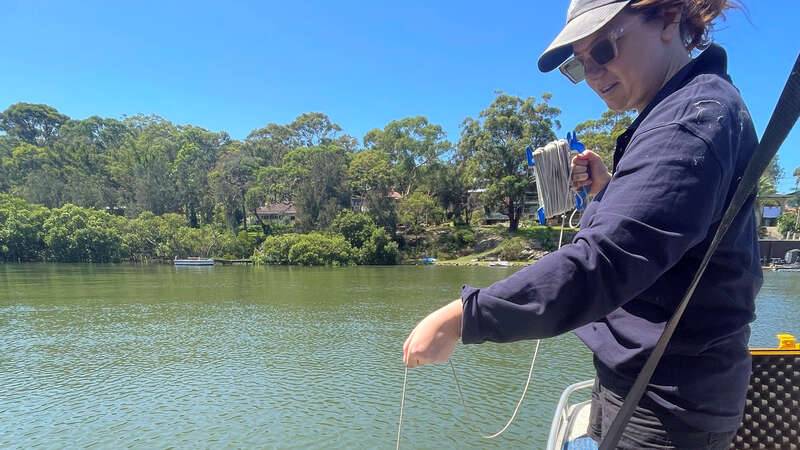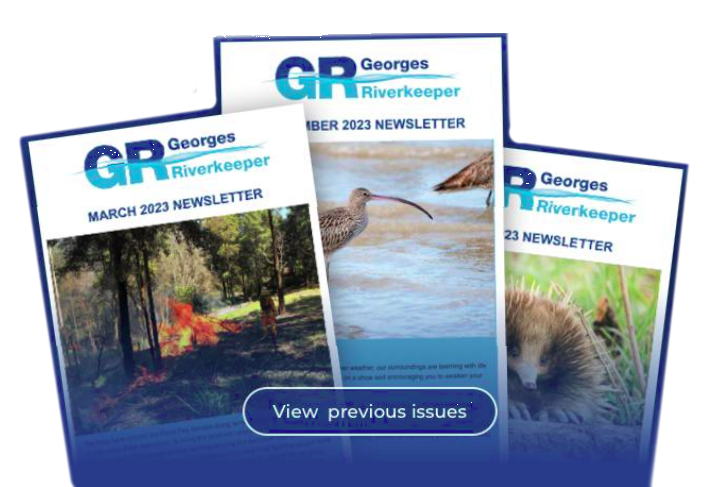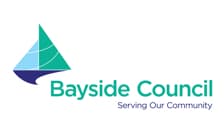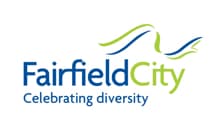Georges River Report Card 2021-2022 released

Georges Riverkeeper reports that floods and frequent rainfall have had a profound effect on water quality in the Georges River catchment, reducing river health grades in bushland areas and improving grades in urban areas, in the recently released Georges River Report Card 2021-2022 which assesses the health of waterways in the Georges River catchment.
Overall, the Georges River estuary grade was ‘Fair’, dropping a grade since the previous report in 2019-20, due to an increase in pollutants and nutrients being flushed by rainfall into the extensive network of stormwater systems in urban areas entering the Georges River.
While the overall freshwater grade remained consistent at ‘Fair’, bushland subcatchments such as at the headwaters of the Georges River at O’Hares Creek, was downgraded from ‘Excellent’ to ‘Good’, and in some urban subcatchments, such as Prospect Creek, often regarded as a problem spot, the water quality grade improved from ‘Poor’ to ‘Fair’.
Georges Riverkeeper Aquatic Ecologist, Marion Huxley, said, “This year was the wettest on record for Sydney and this was reflected in the water quality results. Rainfall has a huge impact on our natural waterways. Pollution and larger more frequent flows from urban runoff and sewer overflows can cause higher nutrient loads, erosional and litter issues in our natural waterways which leads to reduced water quality.”
She says, “Prospect Creek and Orphan School Creek have improved their grade this year. Overall, they did much better in riparian vegetation grades and chemistry grades which pushed their overall grade up. Creek rehabilitation, gross pollutant trap maintenance and litter clean ups, by local Councils and Georges Riverkeeper, has meant Prospect and Orphan School Creeks have improved in in their overall health this year. This is great news and should encourage more creek rehabilitation and litter clean-up projects.”
Many of the less urban streams in bushland areas dropped a grade from their consistently excellent scores of the past. Huxley explains: “Higher pollutants in the bushland areas as well as erosion and skewed chemical results probably effected their grades.”
Huxley continues: “The estuaries, on average dropped a grade. Some of the bays and backwaters decreased in water quality due to increased turbidity. The massive increase in quantity and frequency of rainfall can cause increased turbidity as the water rushes in and the sediments are stirred up and remain in suspension for a longer period of time. An increase in nutrients can also occur in high rainfall events.”
River health indicators are assessed against environmental guidelines allowing the award of a grade between A+ and F-. A+ is an ‘Excellent’ grade, A to B+ is a ‘Good’ grade, B to C- is a ‘Fair’ grade, and D+ to F- is a ‘Poor’ grade.
The three main indicators that help determine the grade for freshwater tributaries are: riparian (riverside) vegetation, water quality and freshwater macroinvertebrates. Grades in the main estuary of the Georges River are determined by water quality only which is measured by a range of physical, chemical, and biological indicators.
Grading is calculated for each subcatchment of the Georges River catchment. The Georges River catchment can be broken up into smaller regions known as subcatchments. See our summary of river health grades for 2021-2022 for each local government area (LGA), explaining where each subcatchment is located in relation to Local Government Areas (LGA).
Read the report
For further details, download the Georges River Report Card 2021-2022.















